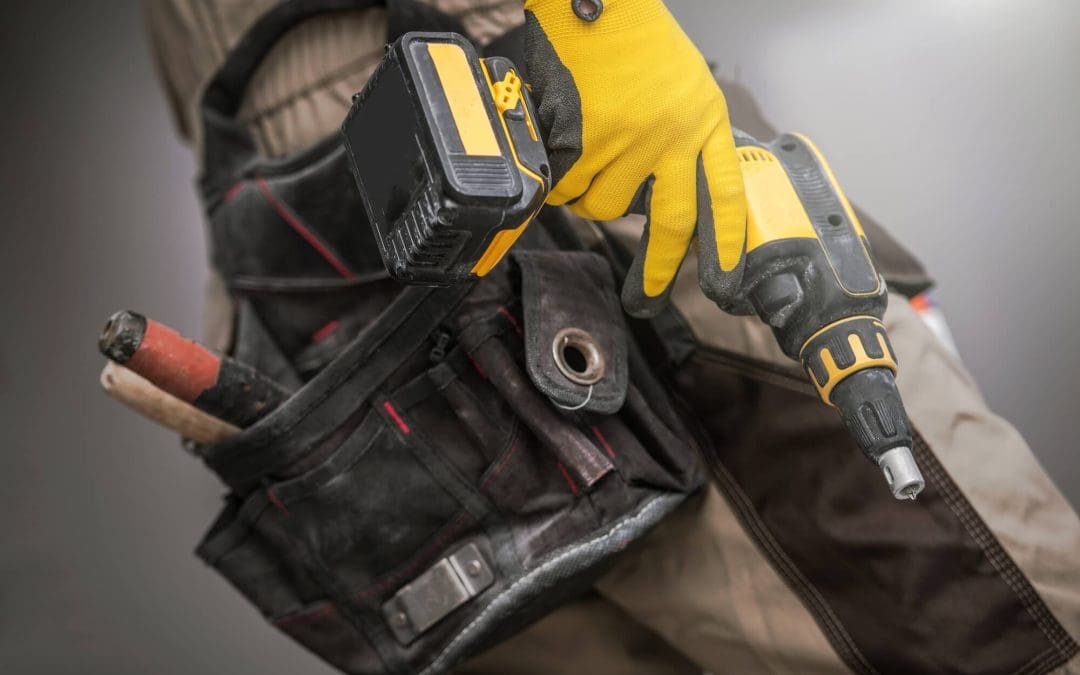DIY projects are rewarding, but they can also be hazardous if you don’t take the right safety precautions. Whether you’re building furniture, remodeling a room, or just making small home improvements, having the proper safety gear is crucial. Investing in the right equipment protects you and helps your projects run smoothly. Here’s a guide to the essential safety gear every DIYer should own.
Safety Gear Every DIYer Should Own for Eye Protection
Your eyes are one of the most vulnerable parts of your body when working on DIY projects. Whether you’re sanding wood, cutting tile, or using power tools, flying debris, dust, and chemicals pose a serious risk. Safety glasses or goggles should be worn during all stages of a project, especially when using power tools like saws or drills. Look for impact-resistant lenses and side protection to shield your eyes from unexpected particles.
In certain projects, such as painting or working with harmful chemicals, upgrade to a full-face shield for complete protection. This will keep your eyes and face safe from splashes and debris, giving you peace of mind while working.
Hearing Protection: Guarding Against Noise Damage
Many DIYers underestimate the danger of loud noises, but exposure to sounds above 85 decibels can lead to long-term hearing damage. Power saws, sanders, and drills can be surprisingly loud, especially when used over an extended period of time. Wearing earmuffs or earplugs is essential for protecting your hearing. For DIYers using especially loud equipment, noise-canceling earmuffs rated for high decibel levels are a worthwhile investment.
Even if you’re only working with noisy tools for a short period, consistent use of hearing protection will help you avoid tinnitus and hearing loss in the future. Remember, hearing damage is irreversible, so don’t skip this vital piece of gear.
Safety Gear Every DIYer Should Own for Their Hands
Your hands are constantly at risk in DIY projects. From handling rough materials like lumber and sheet metal to operating sharp or heavy tools, proper hand protection is a must. The type of gloves you choose will depend on the nature of the work. For general construction tasks, leather or synthetic gloves offer durability and resistance to cuts. If you’re working with chemicals or paints, nitrile gloves provide protection without compromising dexterity.
For projects involving electrical work, it’s vital to invest in insulated gloves specifically designed to prevent electric shocks. These make the difference between a minor mishap and a serious injury. Always confirm that your gloves fit well to avoid accidents caused by poor grip or reduced flexibility.
Foot Protection Safety Gear Every DIYer Should Own
Feet are often overlooked when thinking about DIY safety, but falling objects, sharp debris, and heavy tools can cause serious injury. Sturdy, closed-toe shoes or work boots with steel toes offer protection from these hazards. If you’re working in environments where sharp objects like nails or shards are present, puncture-resistant soles will add an extra layer of safety.
Non-slip soles are also crucial, particularly if you’re working outdoors or in wet conditions. Slipping while carrying heavy tools or materials can lead to more than just a bruised ego, so always make sure your footwear is up to the task.
Head Protection: Hard Hats and Helmets
Head injuries are one of the most dangerous risks in any DIY project. Be it working on a roof, using heavy tools, or even just moving materials around, a hard hat or helmet helps prevent serious accidents. If you’re doing major construction work, especially around falling objects or in unfinished areas, a hard hat is indispensable.
Choose a hard hat that’s comfortable enough to wear for long periods but offers robust protection against impact. Some helmets also feature face shields for additional coverage when needed, making them ideal for DIYers tackling a variety of jobs.
DIY projects are all about creativity, skill, and resourcefulness, but safety should never be compromised in the process. Investing in the right safety gear protects you from accidents and gives you the confidence to take on more challenging projects. From your eyes to your feet, every part of your body deserves the best protection when working with tools and materials. By equipping yourself with the essential safety gear, you’ll enjoy your DIY projects, knowing you’re well-prepared for any potential hazards that come your way.
FAQs
How do I know when to replace my safety gear?
Safety gear should be inspected regularly for signs of wear. Replace safety glasses if the lenses are scratched or cracked, as they may not offer adequate protection. Discard gloves if they have holes, tears, or show signs of material breakdown. Respirators need regular filter changes for effective filtration, and hard hats should be replaced after significant impact or if they show visible damage.
Do I need respiratory protection for all DIY projects?
Not all projects require respiratory protection, but if you’re working in environments where dust, mold, or fumes are present, it’s crucial. Simple dust masks can be used for less hazardous tasks, like sanding wood, but for projects involving chemicals, solvents, or paint fumes, a respirator with specific filters is essential. Make sure the mask fits properly and is appropriate for the substances you’re working with.
What’s the difference between a dust mask and a respirator?
A dust mask is a lightweight mask designed to filter out larger particles, like dust and sawdust. It’s suitable for basic DIY tasks but won’t protect against fumes or fine particles. A respirator, on the other hand, is a more advanced mask equipped with filters designed to protect against a range of hazardous materials, including fine particles, fumes, and chemicals. If your project involves harmful substances, a respirator is the safer option.
A&D Home Inspection provides inspection services to Central Florida. Contact us to schedule an appointment.

